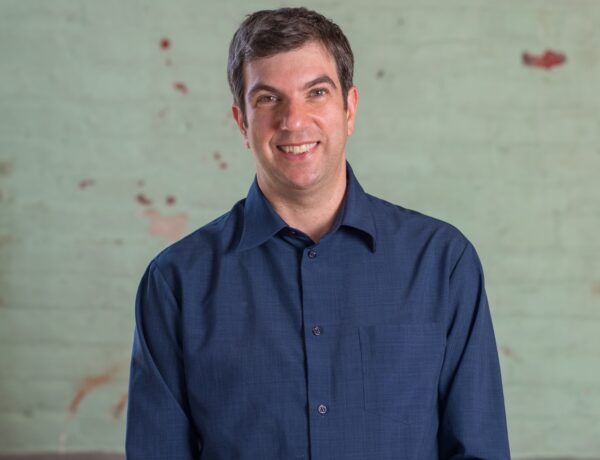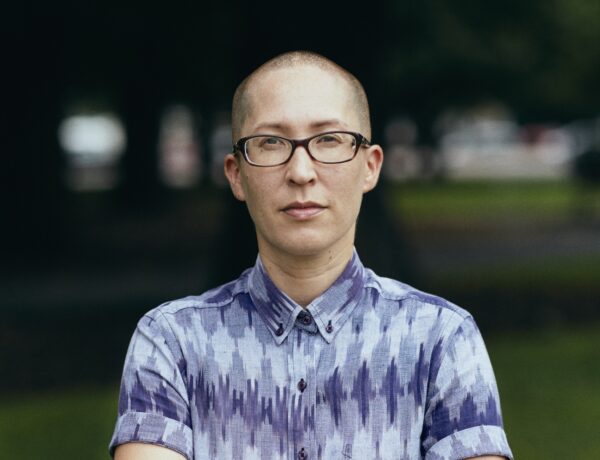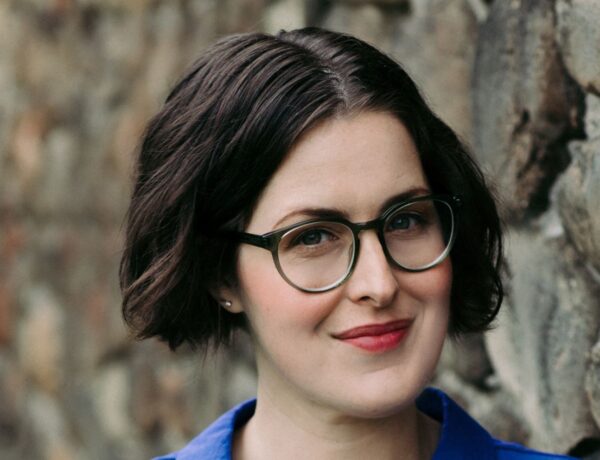Annelise Jolley is an essayist and journalist with an insatiable curiosity about the world. She is particularly drawn to the intersections of place, food, ecology, and faith and often explores the interplay between these subjects.
Her writing can be found in an array of publications such as The Atavist, The Rumpus, National Geographic, Bon Appetit, The Millions, EcoTheo Review, The Sunday Long Read, Hidden Compass, Brevity, Plough, Civil Eats, Sojourners, and Life & Thyme.
Her collaborative story, A Feast for Lost Souls, has garnered multiple awards, including the James Beard Journalism Award, the Dart Award for Excellence in Coverage of Trauma, and the OPC’s Madeline Dane Ross Award for best international reporting showcasing a concern for the human condition.
Annelise’s work has also been a finalist in Ruminate’s VanderMey Nonfiction Contest and received notable recognition in The Best American Travel Writing. She holds an MFA in creative nonfiction writing from Seattle Pacific University.
Each week, we publish a new daily writing routine from a famous author. Subscribe to our newsletter so you don’t miss out!
Hi Annelise, welcome to Famous Writing Routines, great to have you here with us today! Your writing often explores themes of place, food, ecology, and faith. What draws you to these subjects and how do they intersect in your work?
I started my career in the nonprofit sector, writing about conservation, community development, and agriculture. This background translated to my freelance career; the first stories I pitched had to do with food systems and environmental conservation.
Place, food, ecology, and faith are all broad subjects. I enjoy writing under these umbrellas because they encompass the kinds of stories I’m most interested in—stories about people trying to live well in the place they call home.
Your story “A Feast for Lost Souls” won several prestigious awards, including the James Beard Journalism Award and the Dart Award for Excellence in Coverage of Trauma. Can you tell us about the process of writing this piece and what it meant to you?
This story felt high stakes for a few reasons. For one thing, it was an incredibly tender subject, and we were asking women to relive intense grief during the interview process. I was also reporting in my second language and across cultures. I couldn’t have done it without my reporting partner, Zahara Gomez Lucini, and we couldn’t have produced the piece without the generosity of the women who agreed to tell their stories.
Writing this particular story was also meaningful to me because it offered a different lens on a subject that gets lots of media coverage: violence and forced disappearances in Mexico. Rather than focusing on the violence, we wanted to highlight the courage, creativity, and resilience of the women impacted. To me, the piece was also about food as a universal language of love, and about the necessity of rituals to help us grieve well.
As a published writer for a wide range of outlets, including The Atavist, The Rumpus, National Geographic, and Sojourners, how do you approach tailoring your writing to different audiences and mediums?
The story and subject matter itself helps dictate the structure and tone. It’s also useful for me to imagine the type of reader who will eventually encounter the story—do they come from some sort of faith background? Do they expect a first-person narrative, or a strictly reported feature?—and then write directly to them.
Your story in The Millions, “Intimate Strangers: Reading Airport Essays in a Pandemic,” reflects on the experience of traveling during a pandemic. How has the pandemic changed your relationship with travel and writing about place?
Both the pandemic and having a baby meant that, in recent years, I’ve traveled much less than before. While I love reading (and writing) work that might be broadly considered “travel writing,” to me all this term really means is writing that is attentive to and curious about the particularities of a given place, landscape, or culture.
When we look closely and notice our environment with love and curiosity, we are bringing a traveler’s sensibility to our surroundings. It helps me to remember that I can write with this sense of heightened attention, bewilderment, and delight even if I’m not traveling as far or as frequently these days.
Discover the daily writing habits of authors like Stephen King, Neil Gaiman, and Gillian Flynn with Famous Writing Routines Vol. 1 and learn how to take your writing to the next level. Grab your copy today!
In your essay “The Flowers You Left Us” published in The Rumpus, you write about the interplay between emotions and memories. How do you tap into your own emotions and experiences when writing about sensitive subjects like grief?
This essay didn’t start out as something I planned to publish. I was writing as a way to acknowledge and absorb the loss of a close friend, and to understand the way beauty also threaded through this experience of grief. For several months I was taking occasional notes on things I noticed or felt. Eventually it seemed that some of these threads could weave together and form an essay or meditation of sorts.
Can you tell us about your writing routine? What does a typical day look like for you?
My dream is to wake up early and write for an hour or two—with coffee and silence and a lit candle, the whole writerly cliché—before doing anything else. But I have a one-year-old daughter who wakes my husband and me up at the crack of dawn (or earlier) every morning, so this time is usually reserved for what I’ll call playful chaos. We make coffee and breakfast, play with her, go for a walk, get ready for the day, and THEN I actually start working.
Each day looks different depending on whether I have to conduct interviews, pitch a new story, focus on a client project, or research/draft/revise an in-process article. Often I toggle between all of these during the day. Usually there’s a run or walk somewhere in the middle. When I need a change of scenery, I’ll work at our neighborhood coffee shop or the library.
You also work with clients to create content that “sings.” How does this type of writing differ from your more personal essays and magazine journalism, and what skills do you bring to this work?
My first jobs were in nonprofit communications and marketing, which is where I learned to write compelling copy in a voice other than my own. With current clients, I specialize in turning interviews and impact reports into narrative form. This kind of writing requires similar skills as literary journalism, but with a different audience and voice in mind.
If you could have a conversation with any author throughout history about their writing routine and creative process, who would that person be?
I adore E.B. White. He was a master stylist and could turn seemingly any experience into a perfect piece of prose. For at least part of his writing life, he lived on a farm in Maine and toggled between writing work and farm chores—feeding the pigs, chopping wood, typing stories in the middle of a busy household. Something about pairing the cerebral work of writing with the physical, immediate work of farm life strikes me as wise and almost idyllic. Also, I think he’d be a great chat.
I’d love to know about the books you’re reading at the moment. What have been some of your favorite recent reads?
I tend to read multiple books at once, a mix of nonfiction, novels, and poetry. Three books I’ve loved in the last year are Kathryn Schulz’s gorgeous memoir Lost & Found, Jazmina Barrera’s essays about early motherhood called Linea Nigra, and Beth Ann Fennelly’s poetry collection Tender Hooks.
What does your current writing workspace look like?
I do have a writing desk at home, but it doesn’t get the best light—so instead of using my dedicated workspace I rove around with my laptop, chasing down patches of sun like a housecat. Usually I’m writing at our kitchen table next to the window. (Bonus: easy access to coffee and snacks.)

Affiliate disclaimer: Some links on this website are affiliate links. We may earn a small commission if you make a purchase through these links, but only promote products we truly believe in. We disclose affiliate links and give honest reviews.



No Comments